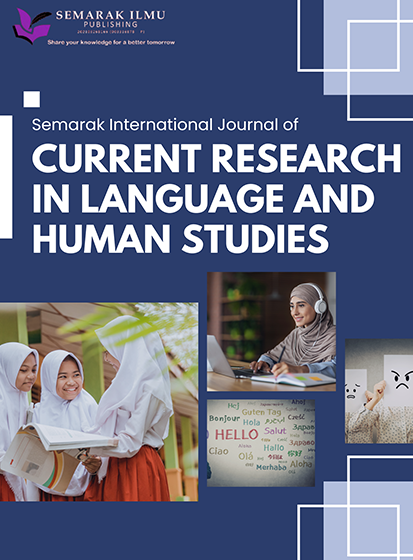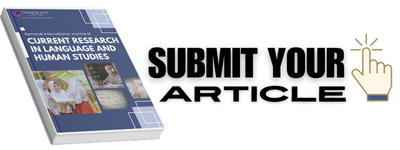Systematic Literature Review of Innovative Arabic Language Teaching Strategies in STEM Education: Sociocultural, Linguistic, and Professional Development Perspectives
DOI:
https://doi.org/10.37934/sijcrlhs.2.1.126Keywords:
innovative teaching, Arabic language instruction, STEM education, socioculturalAbstract
This systematic literature review investigates innovative Arabic language teaching strategies within the context of STEM education, examining sociocultural, linguistic, and professional development perspectives. The study underscores the importance of equipping students with Arabic language proficiency to thrive in STEM disciplines and highlights the need to understand effective pedagogical approaches for Arabic language instruction. Following the PRISMA guidelines, a comprehensive search across major academic databases yielded a final sample of 12 peer-reviewed articles published between 2020 and 2024. The analysis revealed three salient themes: (1) innovative teaching strategies for Arabic language learning, (2) sociocultural and linguistic considerations in Arabic language teaching and learning, and (3) teacher training and professional development for Arabic language educators. The findings suggest that strategies such as concept mapping, interactive whiteboards, and collaborative learning techniques like the Numbered Heads Strategy can significantly enhance students' grammar proficiency, listening skills, and positive attitudes toward Arabic language learning. Additionally, the review underscores the importance of contextualizing Arabic language instruction within diverse sociocultural and linguistic contexts, promoting inclusive and culturally relevant education. Furthermore, the analysis highlights the pivotal role of teacher training and professional development initiatives, including models like the Arabic Teaching Efficacy Model (ATEM) and investigations into learner agency and active learning strategies for oral reading skills. However, challenges such as addressing the digital divide and providing adequate support for educators are also identified. In conclusion, this systematic literature review offers valuable insights into innovative Arabic language teaching strategies in STEM education, emphasizing the potential of tailored pedagogical approaches, sociocultural considerations, and professional development opportunities in fostering proficient and culturally competent Arabic language speakers.













